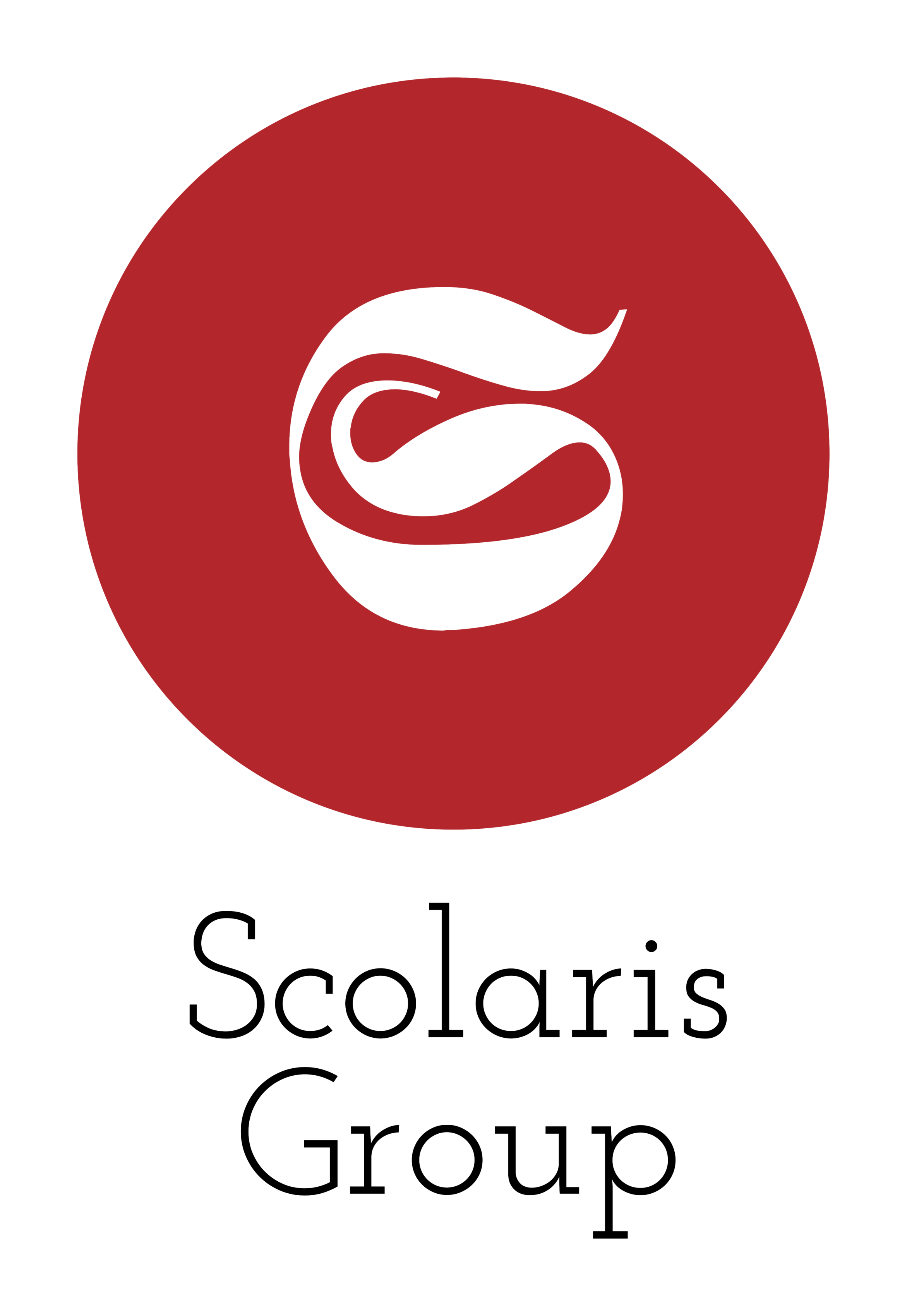Students are often conditioned to look for one right answer, find the answer, and move on. While this exercise can be useful for students at the know stage of understanding, it forecloses deeper understanding of the concept or idea under study. Sociologist Hugh (Bud) Mehan (1979) coined the discourse pattern of classrooms students learn as I-R-E, and in many places it is as true today is it was when Mehan originally coined the term. In the process Mehan described, the teacher initiates (I) the interaction with a question, the student responds (R), and the teacher evaluates (E) the response, moving on from the interaction. Students learn this interaction as part of the rhythm of school, and deviations from this norm often require re-learning. This strategy breaks from that mold, and invites students to consider not only what answer is correct, but why.
In this strategy, students are invited to consider:
Is the answer my partner has given correct?
Why is my partner’s answer correct (or incorrect) and how can I explain, fix, or clarify the response?
What
In this strategy, students take a look at a response, paragraph, worked out problem, or other answer to a prompt constructed by another student and analyze it for errors or misunderstandings. Two things occur as a port of this strategy.
First, students are to analyze the response and determine if an error exists - and if so, the error.
Then students are to fix the error by doing it correctly, whether it is redoing the problem, rewriting the statement, etc.
If there is no error, or if a student is unable to determine the error, then the student explains why the prompt is correct or has no errors.
The student then explains to the student whose answer he or she reviewed why the answer is correct or what the student can do to fix his or her work. This can be done in pairs or small groups, and can be particularly useful as a check for understanding.
Why
This provides students with an opportunity to look at someone else’s work or response and compare and contrast approaches, strategies, outcomes, etc.
Whether a student knows the correct answer or a suitable approach is in some ways secondary to the activity as the strategy itself gives all students an entry point into the task. That is, the act of searching for an error prompts the student to investigate possible answers or approaches. In doing this, the student who is reviewing a response potentially deepens his or her own understanding. Moreover, the student moves beyond the know stage of understanding and has the possibility to demonstrate understanding at the use or expand level.
